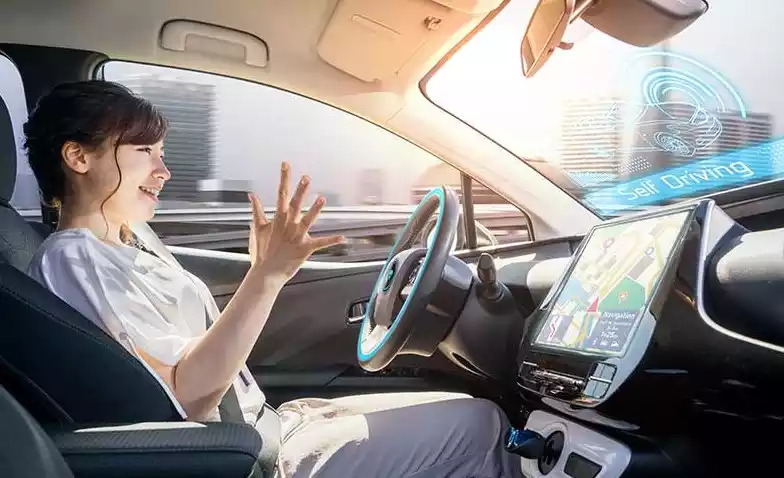
WASHINGTON — Drivers using advanced driver assistance systems, such as Tesla Autopilot or General Motors Super Cruise, often view their vehicles as fully self-driving despite warnings, a new study finds.
The Insurance Institute for Highway Safety (IIHS), an industry-funded group urging automakers to make safer vehicles, said on Tuesday in a survey that regular users of Super Cruise, Nissan/Infiniti ProPILOT Assist, and Tesla Autopilot “said they are more were more likely to perform non-driving activities such as eating or texting while using their partial automation systems than while driving unassisted.”
The IIHS survey of 600 active users found that 53% of Super Cruise, 42% of Autopilot, and 12% of ProPILOT Assist owners “said they liked seeing their vehicles as fully self-driving. ”
About 40% of users of Autopilot and Super Cruise — two systems with locking features to ignore — reported that systems were turned off at some point while driving and would not reactivate.
“The big message here is that the early adopters of these systems still have a poor understanding of the limits of the technology,” said IIHS president David Harkey.
The study comes as the National Highway Traffic Safety Administration (NHTSA) is investigating autopilot crashes.
Since 2016, the NHTSA has opened 37 special investigations involving 18 deaths in accidents involving Tesla vehicles in which systems such as Autopilot were suspected of being used.
Tesla did not respond to requests for comment. Tesla says Autopilot does not make vehicles autonomous and is intended for use with a fully observant driver willing to take over.
GM, which said in August owners could use Super Cruise on 400,000 miles (643,740 km) of North American roads and plans to offer Super Cruise on 22 models by the end of 2023, did not immediately comment.
IIHS said ads for Super Cruise focus on hands-free capabilities, while Autopilot recalls the name used in passenger jets and “implies Tesla’s system is more capable than it actually is.” In contrast, IIHS noted that ProPILOT Assist “suggests that it is an auxiliary function, rather than a driver replacement.”
NHTSA and automakers say none of the systems make vehicles autonomous.
Nissan said its name “ProPILOT Assist clearly communicates as a system to assist the driver, and it requires a hands-on operation. The driver maintains control of the vehicle at all times.”
Related video:
